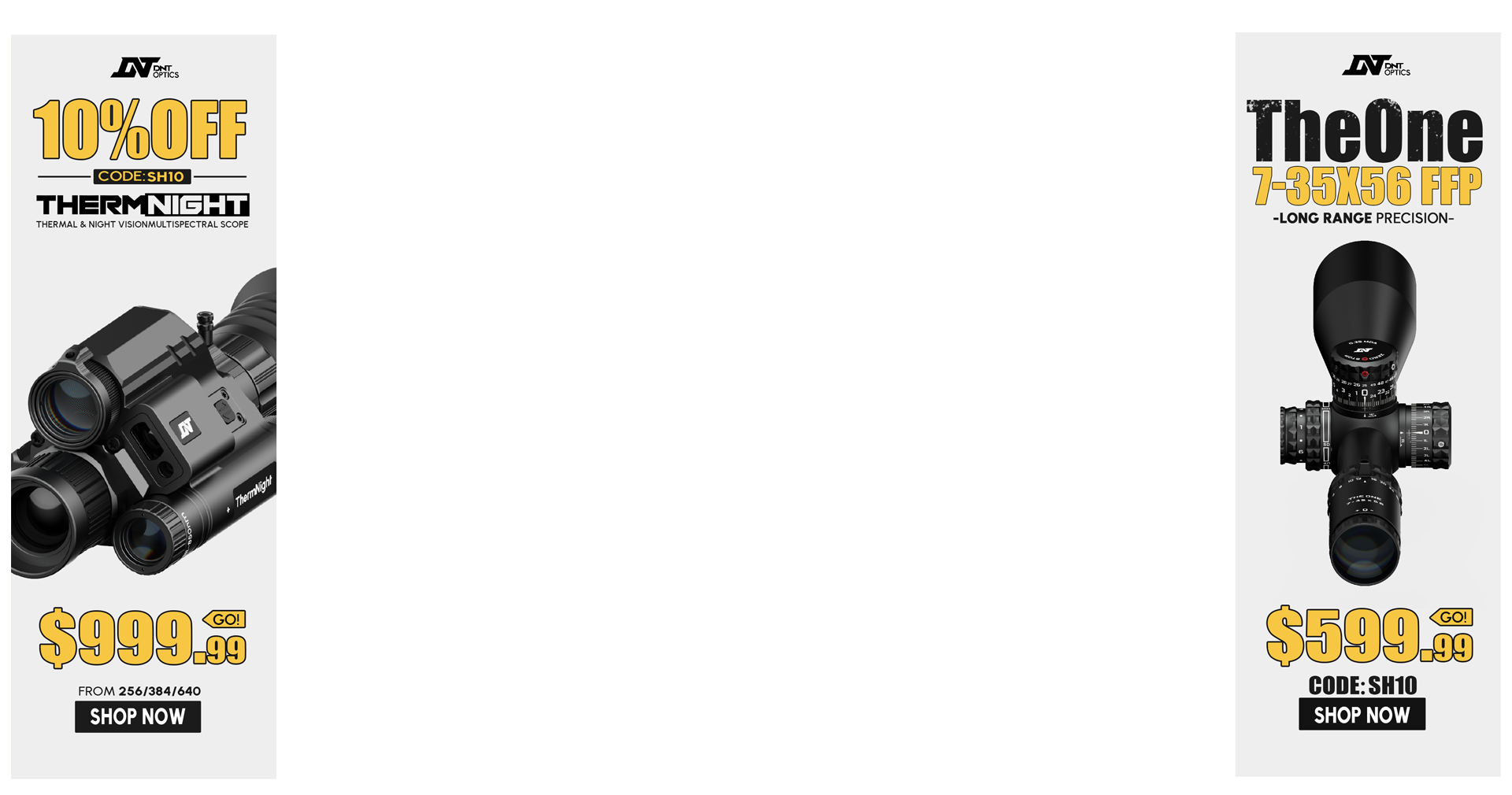I know just enough about bullet making to be dangerous, and I have a question.
For instance Burger bullets are made using J4 jackets, they then use lead wire, cut to a specific length, then formed in a die. The lead is then pushed into the jacket at a high pressure. The bullet is then formed in a series of dies to shape it for size and to close the point of the bullets. Pure lead is usually used in the making of the bullet. (I think??)
I shoot the 140gr 6.5 cal VLD bullets with a G7 bc of .303, The 120 gr match has a bc of .232.
Why don’t bullet manufactures mix tin with the lead to lower the density and use the 140 dies to make a 120gr bullet with the 140 bc. Tin is about 64 percent less dense (455.67 lb per sq foot) than lead (707.96 lb per sq foot) and on the Mohs scale of hardness of metal, it has the same hardness as lead (Mohs 1.5)
In my 6.5 CM a 140 going 2800 fps has a drop of 32.63 moa (341.69 inches) and 6.18 moa (64.68 inches) of windage with a 10 mph wind, at 1000 yds.
A 120 gr bullet with the same bc and shot at 3000 fps would give a drop of 27.96 (292.83 Inches) and 5.51 (57.74 inches) of windage.
For instance Burger bullets are made using J4 jackets, they then use lead wire, cut to a specific length, then formed in a die. The lead is then pushed into the jacket at a high pressure. The bullet is then formed in a series of dies to shape it for size and to close the point of the bullets. Pure lead is usually used in the making of the bullet. (I think??)
I shoot the 140gr 6.5 cal VLD bullets with a G7 bc of .303, The 120 gr match has a bc of .232.
Why don’t bullet manufactures mix tin with the lead to lower the density and use the 140 dies to make a 120gr bullet with the 140 bc. Tin is about 64 percent less dense (455.67 lb per sq foot) than lead (707.96 lb per sq foot) and on the Mohs scale of hardness of metal, it has the same hardness as lead (Mohs 1.5)
In my 6.5 CM a 140 going 2800 fps has a drop of 32.63 moa (341.69 inches) and 6.18 moa (64.68 inches) of windage with a 10 mph wind, at 1000 yds.
A 120 gr bullet with the same bc and shot at 3000 fps would give a drop of 27.96 (292.83 Inches) and 5.51 (57.74 inches) of windage.

